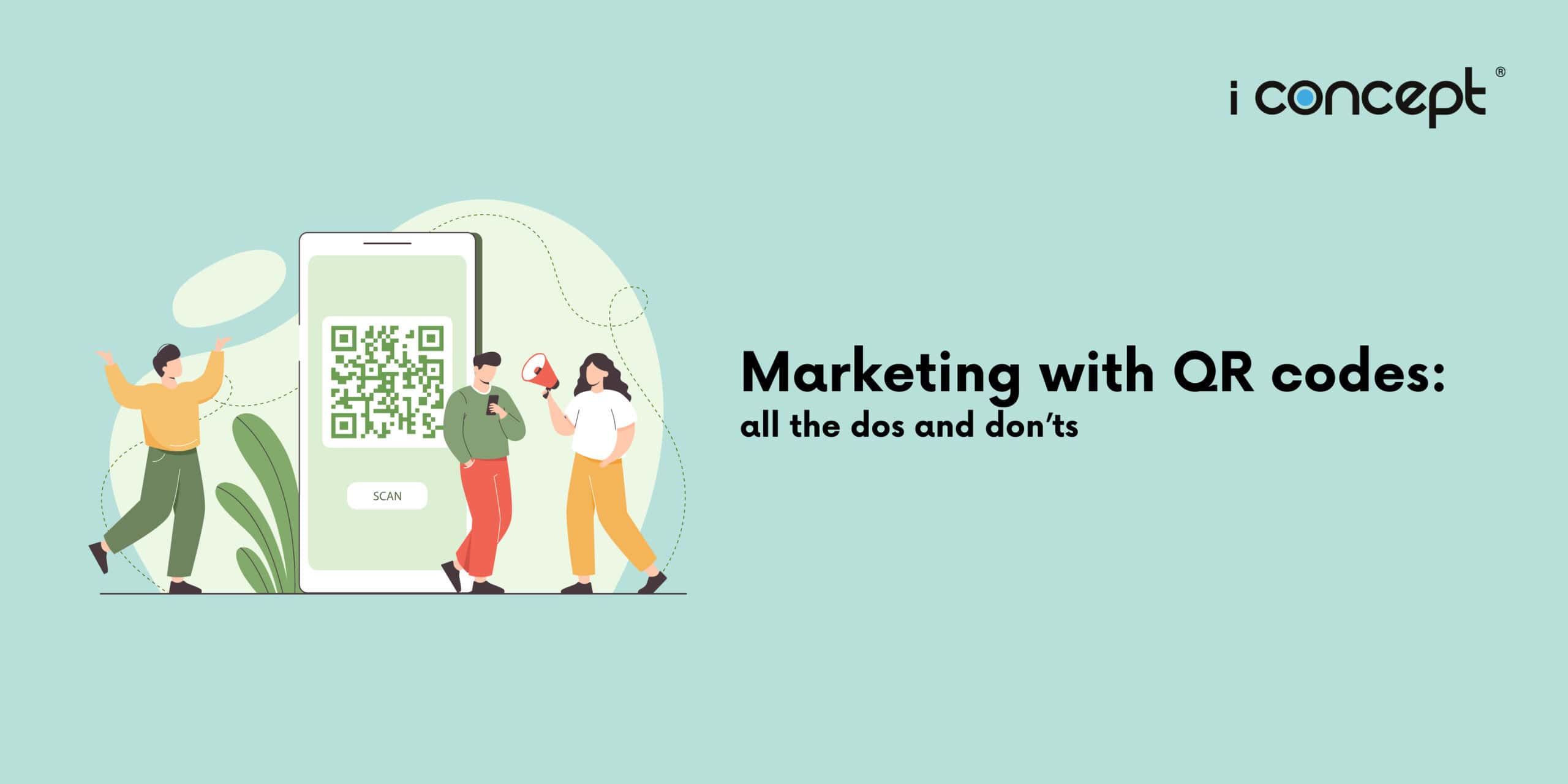Nowadays, QR codes have become a powerful tool for marketers to bridge the physical and digital worlds of customers. Whether it is a digital menu, e-newsletter, Instagram profile page, or website, QR codes are able to store a wide range of information that make them a highly versatile asset in marketing strategies. However, just like any marketing tool, there are effective and less effective ways to use QR codes. In this article, we’ll explore the dos and don’ts of omnichannel marketing with QR codes to help you make the most of this technology.
The Dos
DO Provide Value: QR codes should lead to content or offers that are valuable to your audience. Depending on your purpose, this could include product information, exclusive discounts, event details, or unique content. Ensure that the QR code leads to more information that benefits the audience. How do
DO Give a Clear Call to Action (CTA): For your audience to have a better expectation of the purpose in scanning your QR code, it should be accompanied with a short and concise CTA like “Scan for menu” or “Learn more about the event here”.
DO Optimise for Mobile: With up to 92.3% of internet users accessing the web from their mobile phones, do ensure that the website landing page or content you link to is mobile-friendly. The majority of QR code scans are done via smartphones, hence it is essential that the user experience on mobile devices is smooth and responsive.
DO Ensure Prominent Placement: Place your QR code in visible and accessible locations, and make sure that it follows the minimum size guideline of 2 x 2 cm for it to be scannable. Whether your QR code is on product packaging, posters or flyers, ensure that your audience can easily scan the code without any hindrance.
DO Track and Analyse: Tracking and analytics are important to measure the performance of your QR code campaigns. This will help you understand how the audience engages with your content and allow for fine tuning and improvements over time.
DO Trial Run for Testing: Test out your QR code before going live, and once more when you eventually go live. Ensure that they link to the correct content and work across different mobile devices and scanning apps.
The Don’ts
DON’T Link to Irrelevant Content: Avoid leading your audience to irrelevant or outdated content, which can frustrate them and damage your brand’s reputation. If your CTA mentions an exclusive promotion upon scanning your QR code, it should link to the relevant promotion page instead of the landing page. Keep the user journey straightforward.
DON’T Overuse: Do not plaster QR codes everywhere without a clear purpose, as having too many can overwhelm and confuse your audience. As a general rule of thumb, any marketing collateral should have at most one QR code.
DON’T Forget to Incentivise: Failing to provide an incentive, or show value to your audience with a CTA, is a missed opportunity. If your audience perceives that there is no purpose in scanning the code, they may not bother.
DON’T Ignore Security and Privacy: Ensure the content linked to the QR code is secure, and be mindful of data privacy regulations when collecting user information. State your data collection practices in a transparent manner, and seek consent when necessary.
DON’T Neglect Testing: A malfunctioning QR code can be a source of frustration for users and negatively impact your marketing efforts. Always perform multiple checks and tests on your QR code before and during your marketing campaign.
Create Your Digital Marketing Campaign with I Concept
QR codes can be a powerful marketing tool when used correctly. By following the dos and avoiding the don’ts in this article, businesses can create engaging and effective QR code campaigns that enhance user experiences and drive business growth. Create your marketing campaigns, inclusive of QR codes with I Concept Singapore! Contact I Concept, your local creative agency, to learn more.










